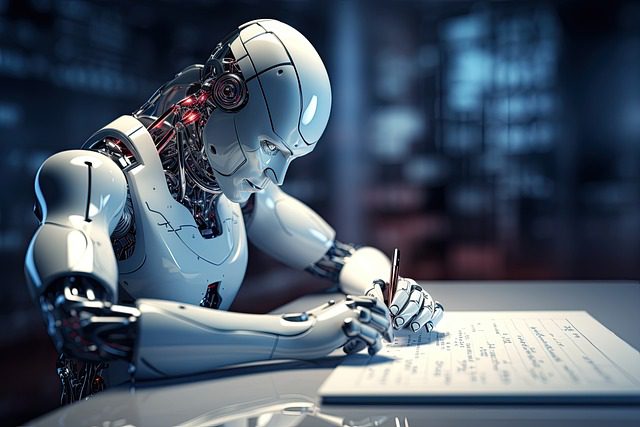In the ever-evolving field of robotics, the integration of advanced sensors and kinematic models has paved the way for more sophisticated and capable robots. One such innovation is a robot developed by Light Robotics, which utilizes LiDAR and MPU6050 data to create a 3D map of obstacles in its path and overcomes them using an advanced kinematic model. This breakthrough in robotics technology showcases the potential for robots to navigate complex environments with greater efficiency and accuracy.
The Role of LiDAR and MPU6050 in Robotics
LiDAR (Light Detection and Ranging) technology is a critical component in modern robotics, providing high-resolution 3D mapping capabilities. By emitting laser pulses and measuring the time it takes for the pulses to return after hitting an object, LiDAR can create detailed maps of the surrounding environment. This technology is particularly useful for obstacle detection and avoidance, enabling robots to navigate through complex terrains.
The MPU6050, on the other hand, is a motion tracking device that combines a 3-axis gyroscope and a 3-axis accelerometer. This sensor provides real-time data on the robot’s orientation and movement, allowing for precise control and stability. When integrated with LiDAR, the MPU6050 enhances the robot’s ability to understand and react to its environment, making it more adept at overcoming obstacles.
Advanced Kinematic Models for Obstacle Navigation
The robot developed by Light Robotics leverages an advanced kinematic model to navigate obstacles. Kinematics, the study of motion without considering the forces that cause it, is essential in robotics for planning and controlling movement. By using a kinematic model, the robot can predict its movements and adjust its path to avoid obstacles effectively.
This approach is particularly beneficial in dynamic environments where obstacles may appear suddenly. The combination of LiDAR and MPU6050 data allows the robot to continuously update its 3D map and make real-time adjustments to its trajectory. This capability is crucial for applications such as autonomous vehicles, search and rescue missions, and industrial automation, where navigating unpredictable terrains is a common challenge.
Real-World Applications and Implications
The integration of LiDAR and MPU6050 data in robotics has far-reaching implications across various industries. For instance, in autonomous vehicles, this technology can enhance the vehicle’s ability to detect and avoid obstacles, improving safety and reliability. In industrial settings, robots equipped with these sensors can navigate complex factory floors, avoiding machinery and workers while performing tasks efficiently.
Moreover, the use of advanced kinematic models can significantly improve the performance of robots in search and rescue operations. These robots can navigate through debris and uneven terrains to locate and assist survivors, potentially saving lives in disaster-stricken areas.
Future Trends in Robotics and AI
As robotics technology continues to advance, the integration of AI and machine learning will play a pivotal role in enhancing the capabilities of robots. AI algorithms can analyze vast amounts of sensor data to improve decision-making and adaptability. For example, generative AI models, such as those developed by Google DeepMind, can enable robots to understand and respond to natural language commands, further expanding their utility in various applications.
Additionally, the development of more sophisticated sensors and kinematic models will continue to push the boundaries of what robots can achieve. Researchers at institutions like MIT are exploring ways to train robots using simulations based on real-world data, enabling them to adapt to new environments more quickly and accurately.
In conclusion, the combination of LiDAR, MPU6050, and advanced kinematic models represents a significant leap forward in robotics technology. As these innovations continue to evolve, we can expect to see robots becoming more capable, versatile, and integral to various aspects of our lives.
Ready to Transform Your Hotel Experience? Schedule a free demo today
Explore Textify’s AI membership
Explore latest trends with NewsGenie
